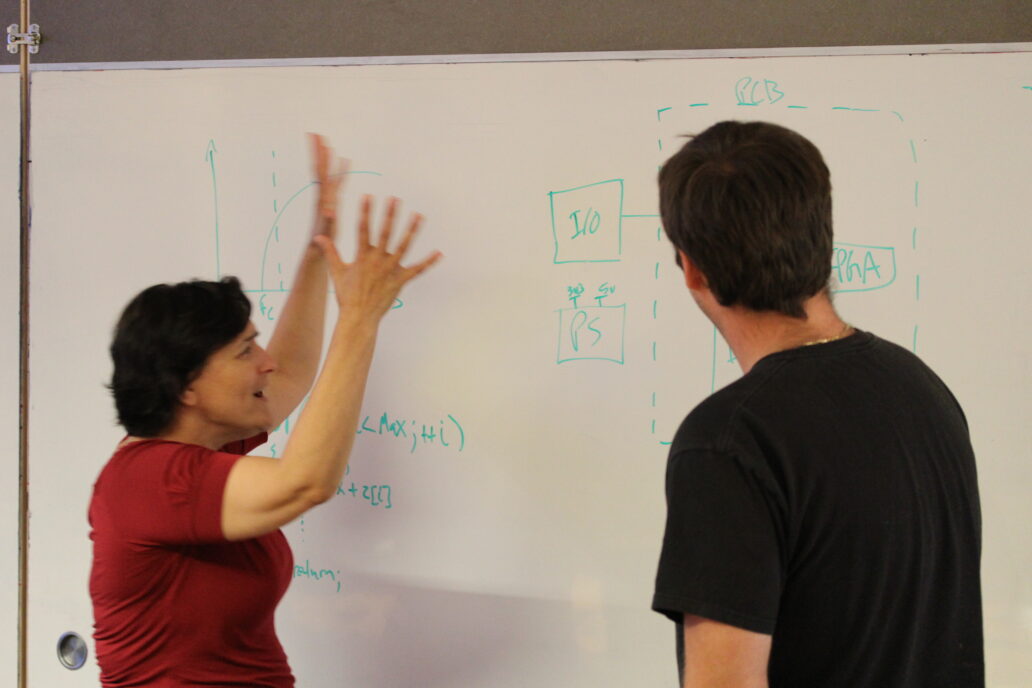
8 Best Practices for Medical Device Design Reviews
As a designer I’ve identified a number methods and attributes of effective medical device design reviews that help produce a superior product; eight are listed below.
Design reviews should be varied in their structure to suit the situation or state of the design. There is merit for “deep” dive reviews (often with only two designers) where technically detailed aspects such as tolerance analyses are identified and worked through.
There is also merit in larger group reviews where holistic system concepts are reviewed and people from diverse disciplines are encouraged to interject concepts and ideas from their niche area. A classic example is to include engineers with manufacturing prowess in early design reviews so as to steer concepts away from potentially arduous manufacturing options.
StarFish Medical uses these concepts and those listed below on a regular basis giving rise to less churn, higher efficiency and superior product. Without further ado, here are my best practices for conducting medical device design reviews.
• Many – Hold impromptu one-on-one reviews as often as possible. These short discussions may not even appear to be reviews but the constant collaboration gives rise to less hiccups when disparate systems come together and can provide a designer with the kick to get out of a design rut. If you have only formal reviews that demand rigorous documentation you may find your team resists reviews.
• Varied – The structure of the reviews should be varied to suit the situation and state of the design. Large group structured, large group free flowing, small group and one-on-one reviews are all potent in certain areas and restricting oneself to only one type invites missed opportunities to improve a design or avoid an error.
• Structured – When employing a formal review it is a great idea to use a checklist of areas to think about and discuss. This list need not be product specific; e.g., CTE (thermal expansion) issues, creep issues, common fasteners, corrosion issues, fatigue concerns etcetera are generic areas that should be considered. The use of a checklist helps a group to consider aspects that may not initially have been considered or that were not relevant initially but due to changes during design become relevant. This will often dove tail nicely with updating the risk analysis that is so vital an aspect of developing product for compliance with IEC 60601 Edition 3.

• Free Flowing – Portions of the review often benefit from free flowing exploration of questioning thought lines. This can be thought of as brainstorming for problems or possible failures, virtual device torture. If the discussion goes too deep for a wider audience, off-line this as a one-on-one review between the relevant parties and revisit as an action item.
• Exploded assemblies – The designer(s) are intimately familiar with the intricacies of the design and it is often possible for them to imagine the assembly order in their head. This is not true for ancillary team members or independent reviewers. The generation of exploded assemblies is worth the time and effort ten-fold. Exploded assemblies allow the group to walk through the assembly and interrogate the designer in a meaningful way on assembly order and identify jigs and fixtures that will be required or advantageous.
• Cabling – Spend the time to model the wires! In my best practices from years ago, this edict used to be model the fasteners; however, with the ease of finding CAD models of fasteners online this is now commonly done. The modeling of wiring, even with add-in packages to assist, still time consuming and tempting to omit. Modeling the wiring and paying attention to bend radii, service loops and tie downs can save a great deal of time and rework in early engineering prototypes.
• Bring the client – Inviting the client to attend a review can be an effective way to keep them informed on design decisions and avoid potential misunderstandings. In addition, the client often will have expert knowledge in a certain area and can bring that to the table.
• Model the kinematics – If anything moves, take the time to model this motion and confirm clearances and intended range of motion.
Conclusion
There is no single method, process or venue that is the “proper” way of conducting a design review during the Product Design & Development process. On the contrary, there are a great many ways to conduct a fruitful design review.
Boyd Allin holds a Bachelor’s degree in Mechanical Engineering from Queen’s University in Kingston, Ontario and a Master’s degree in Mechanical Engineering from the University of British Columbia.
Images: StarFish Medical
How diversity affects the development process and impacts the output of product development in medical device design.